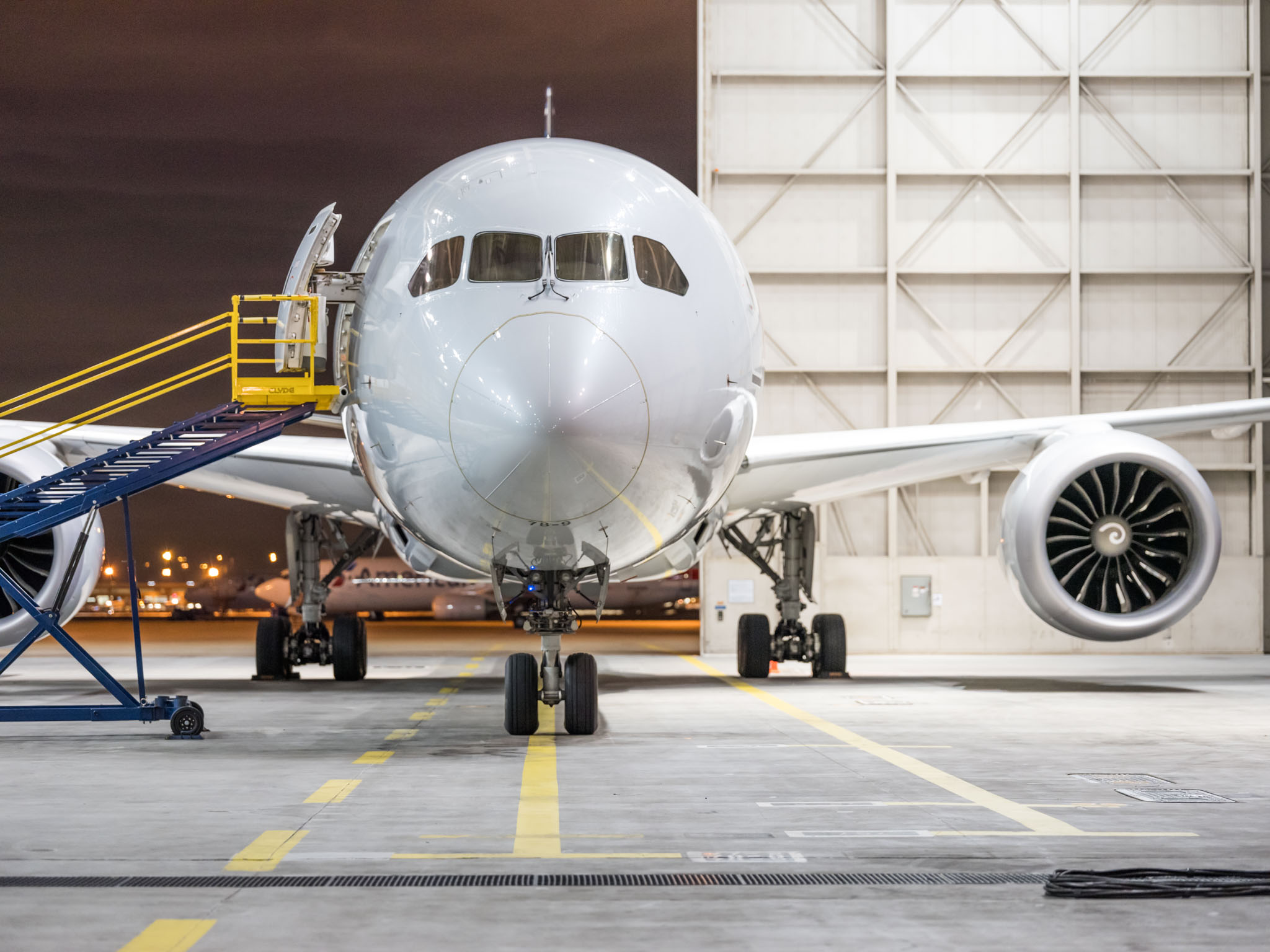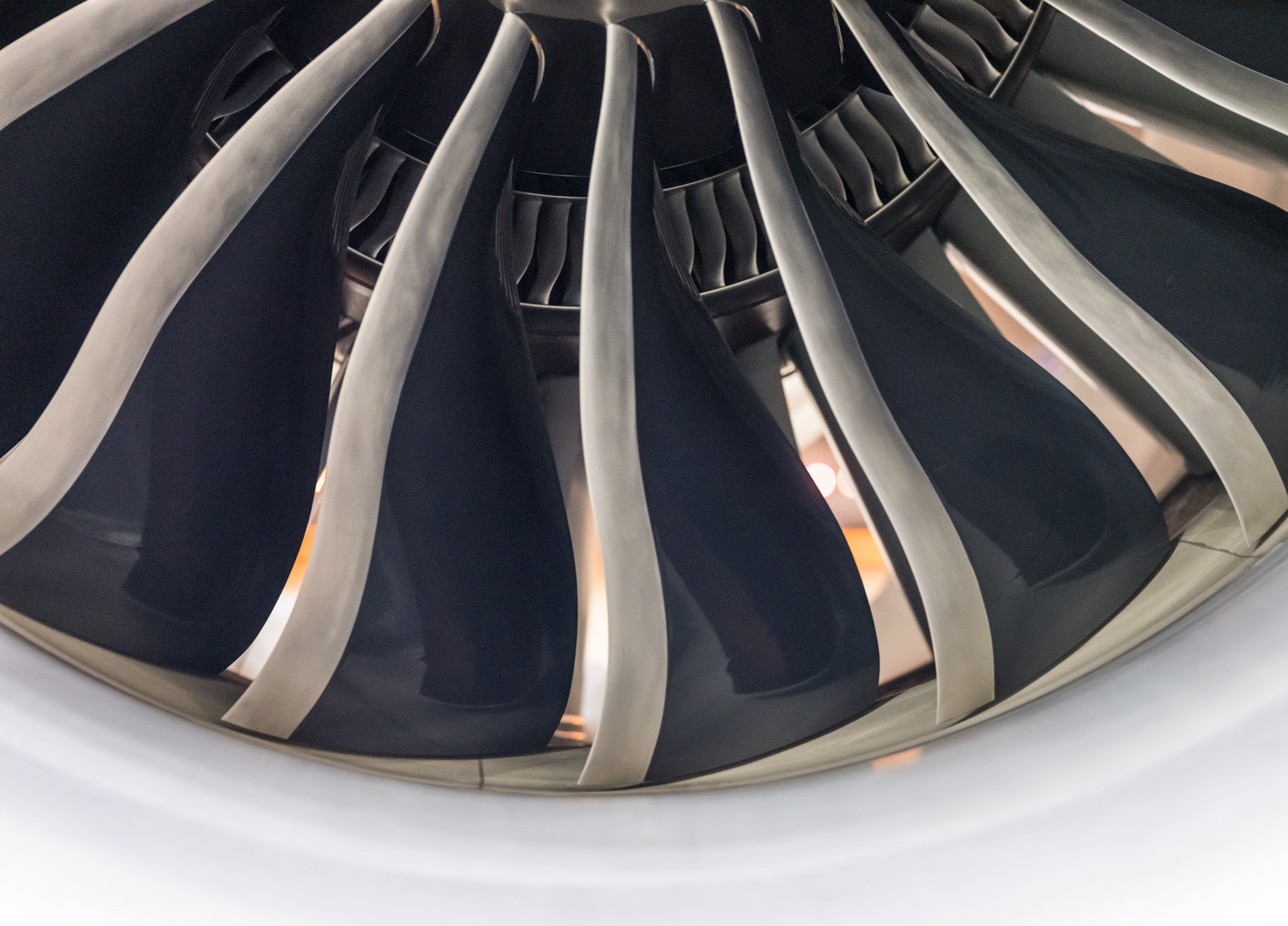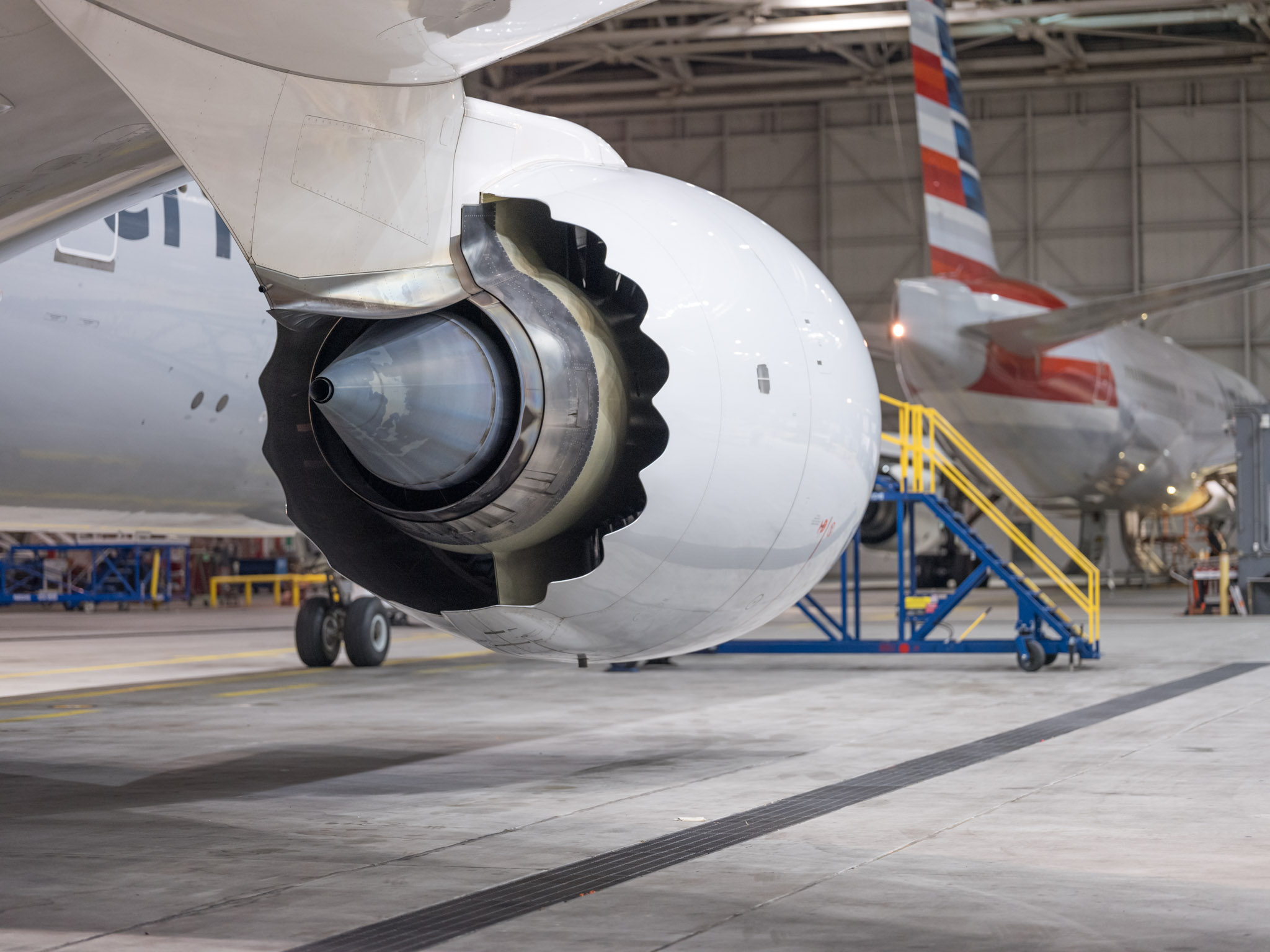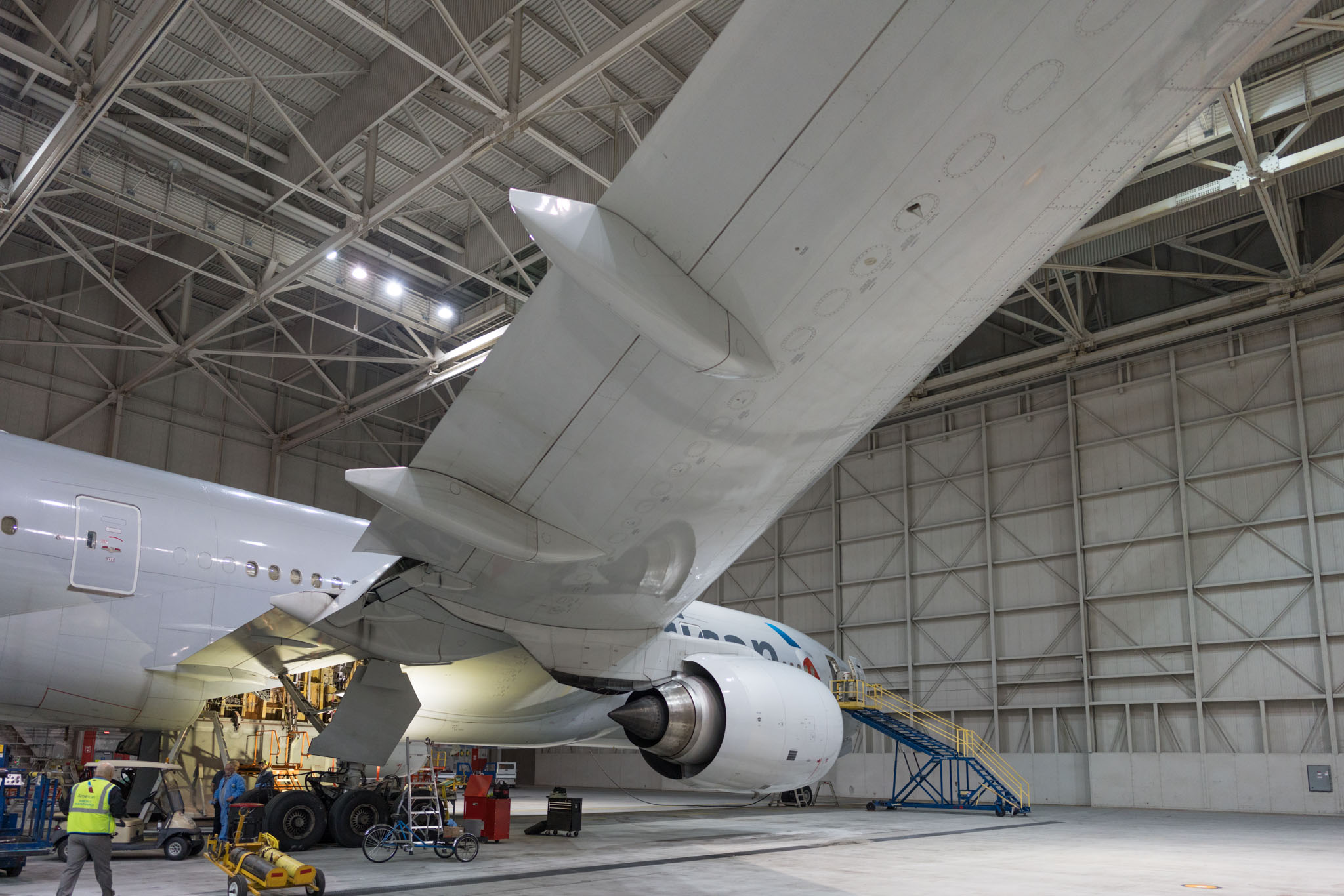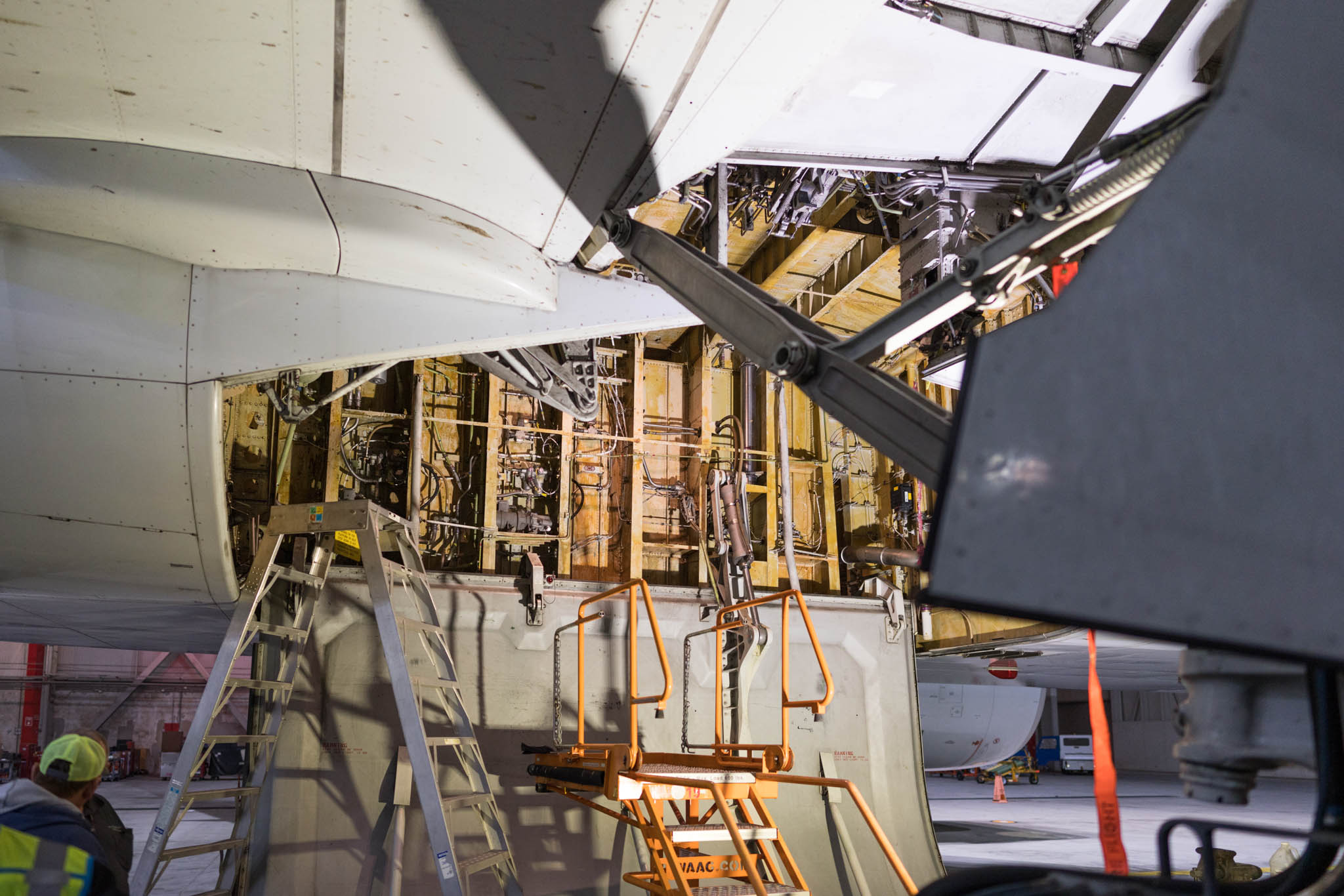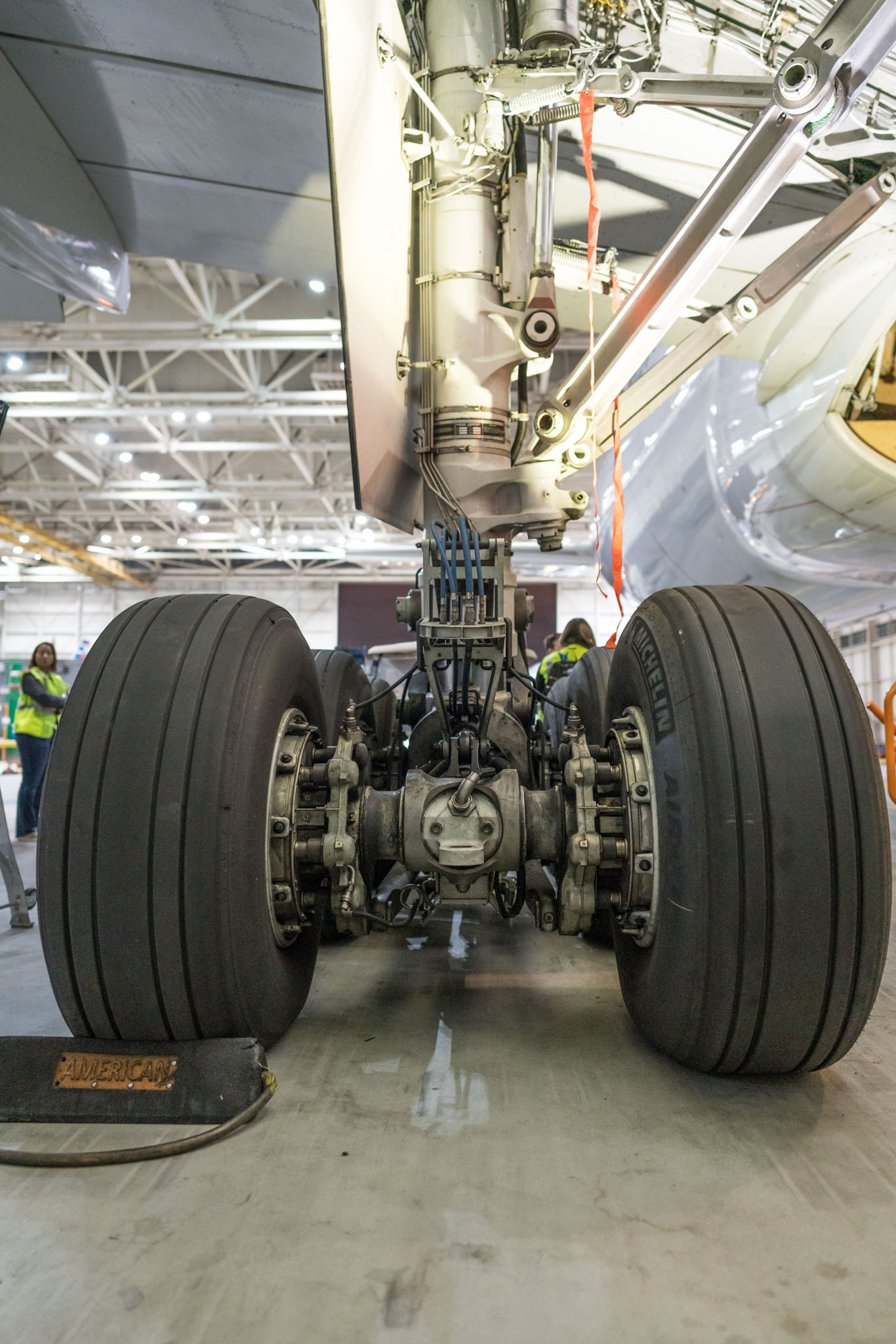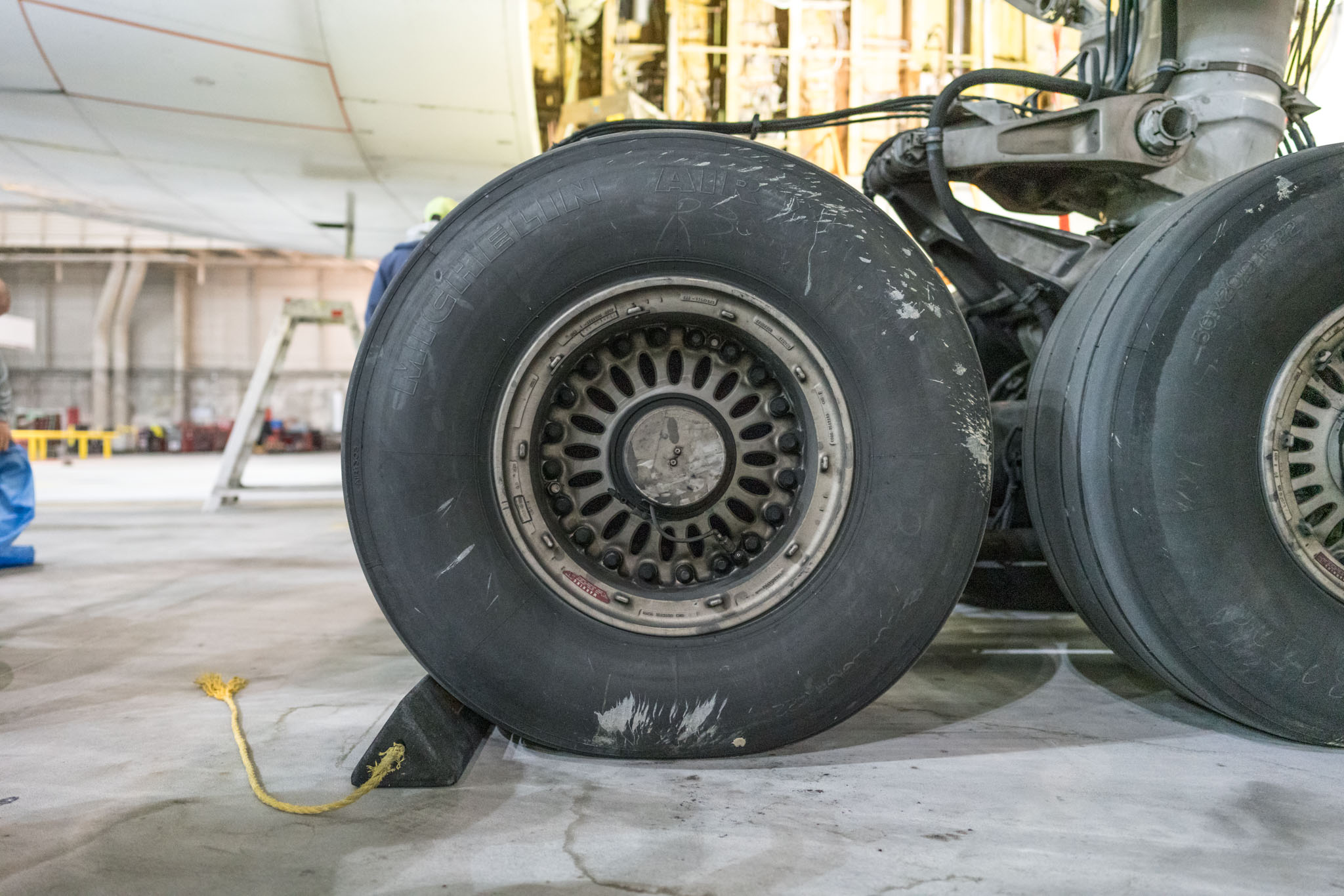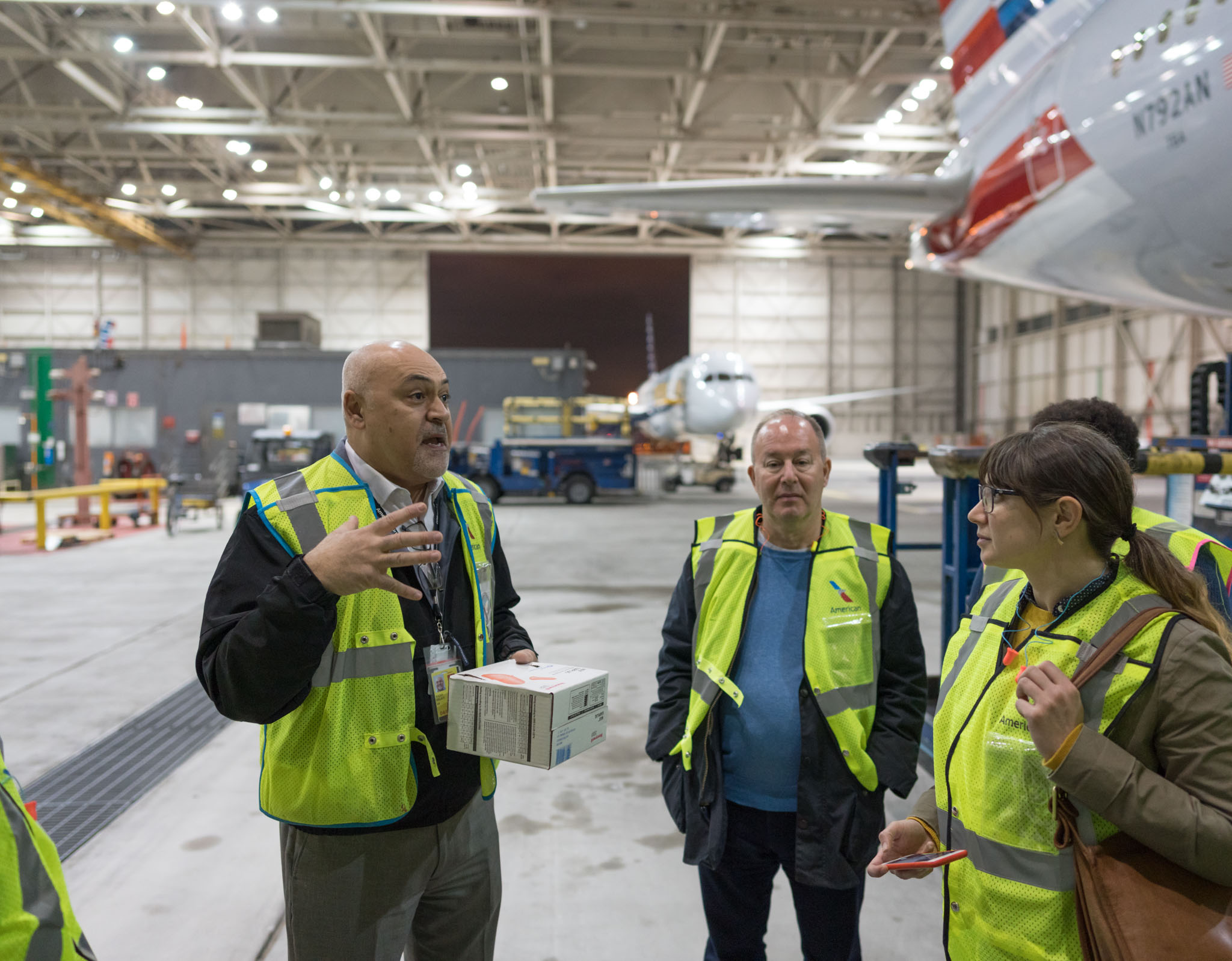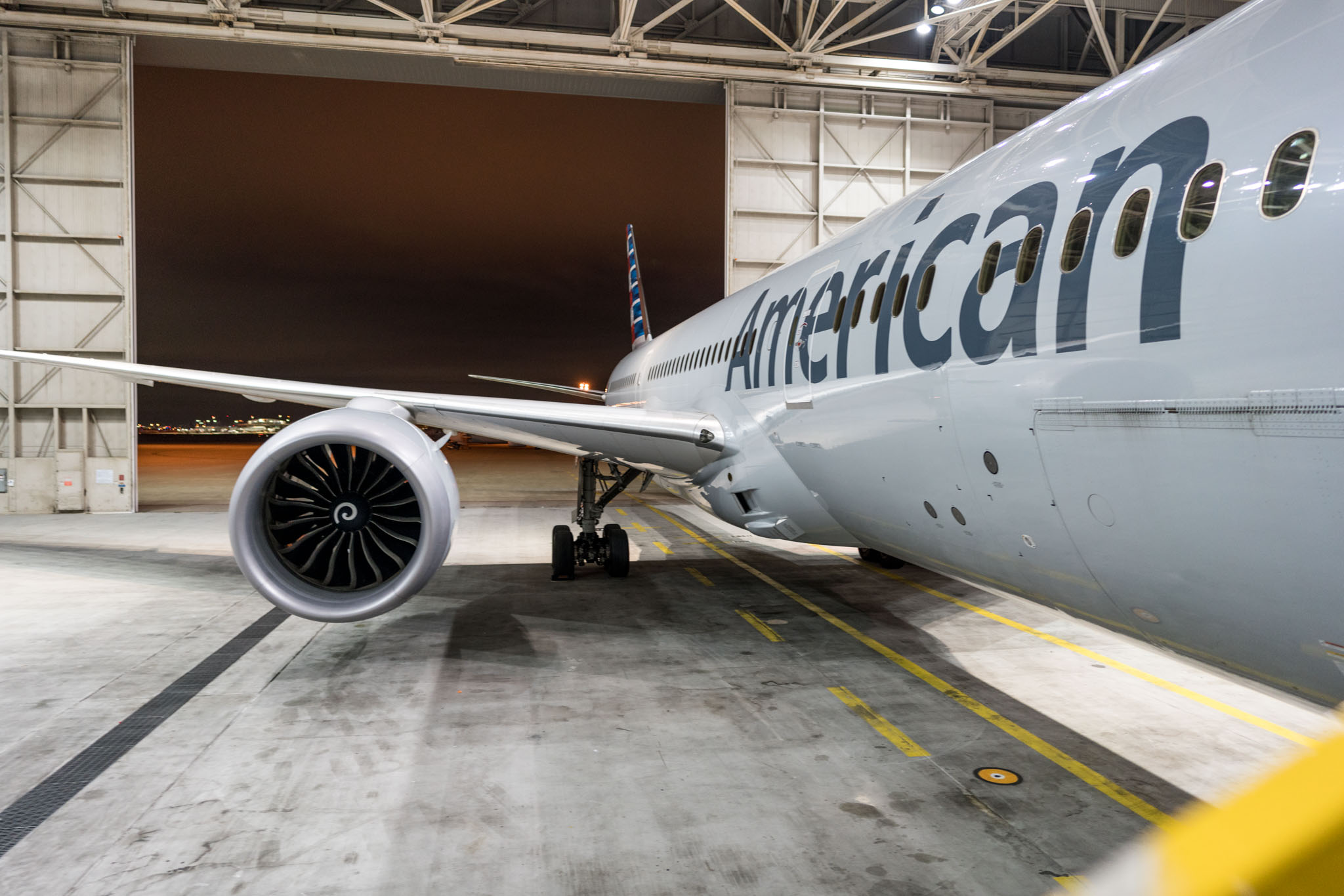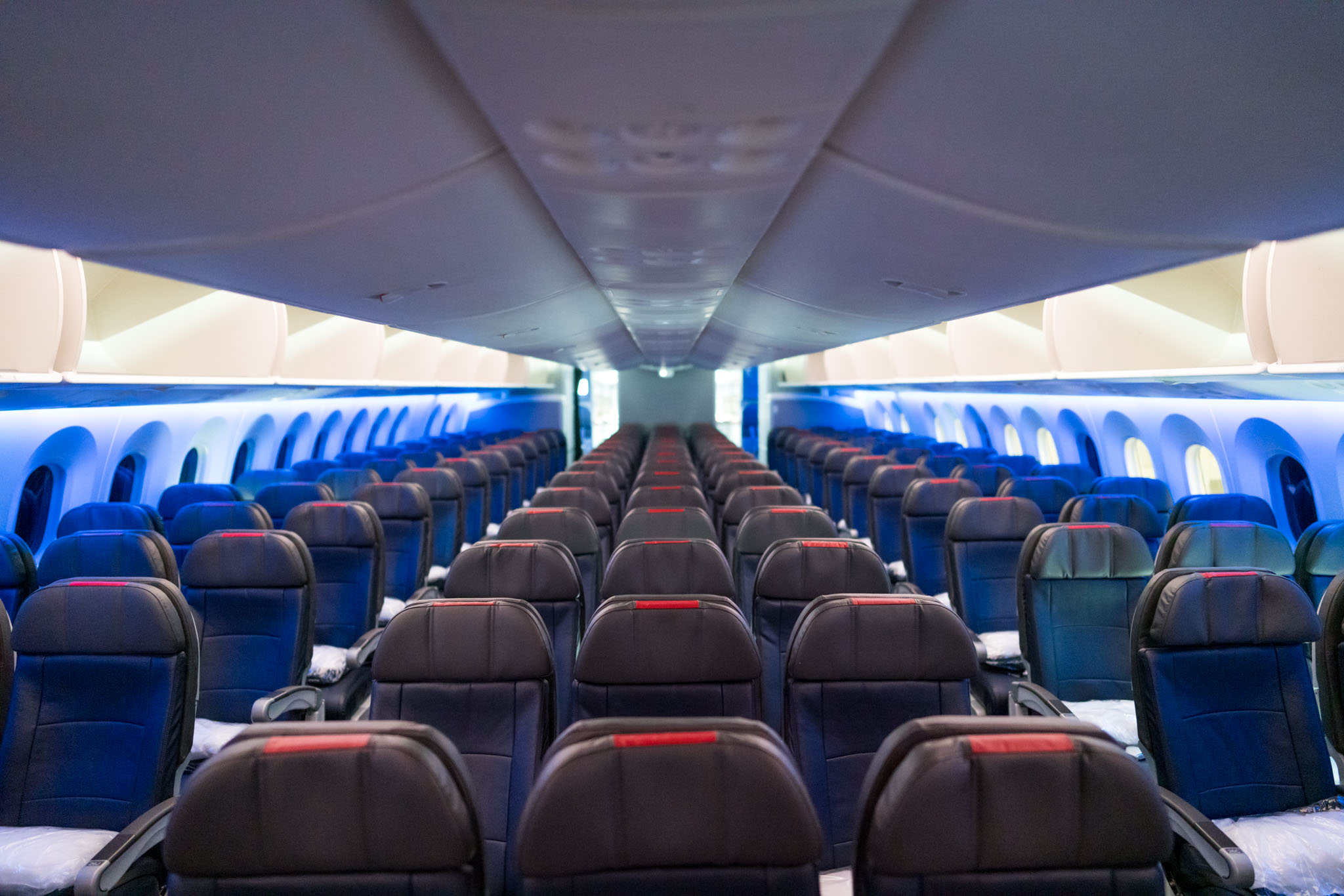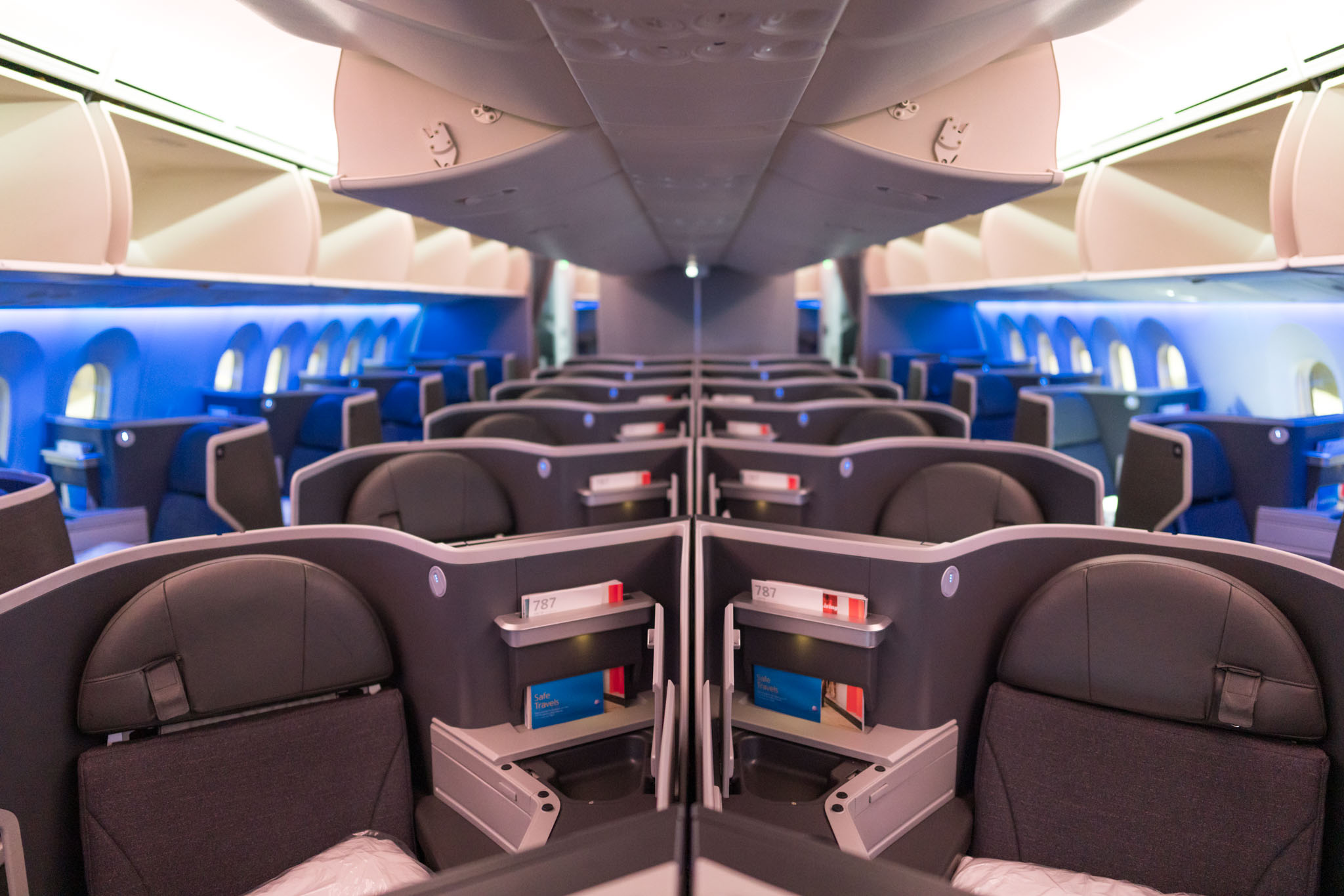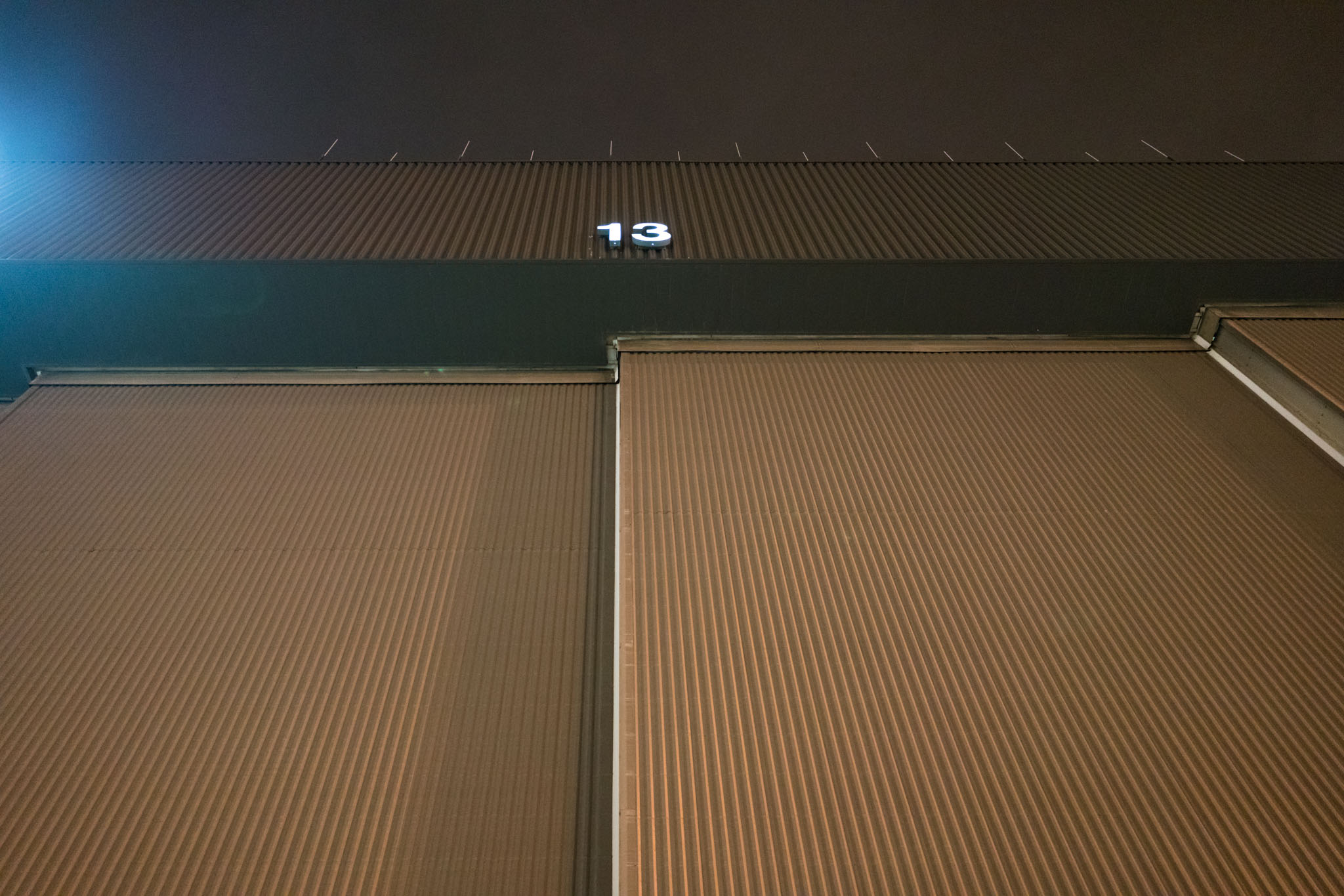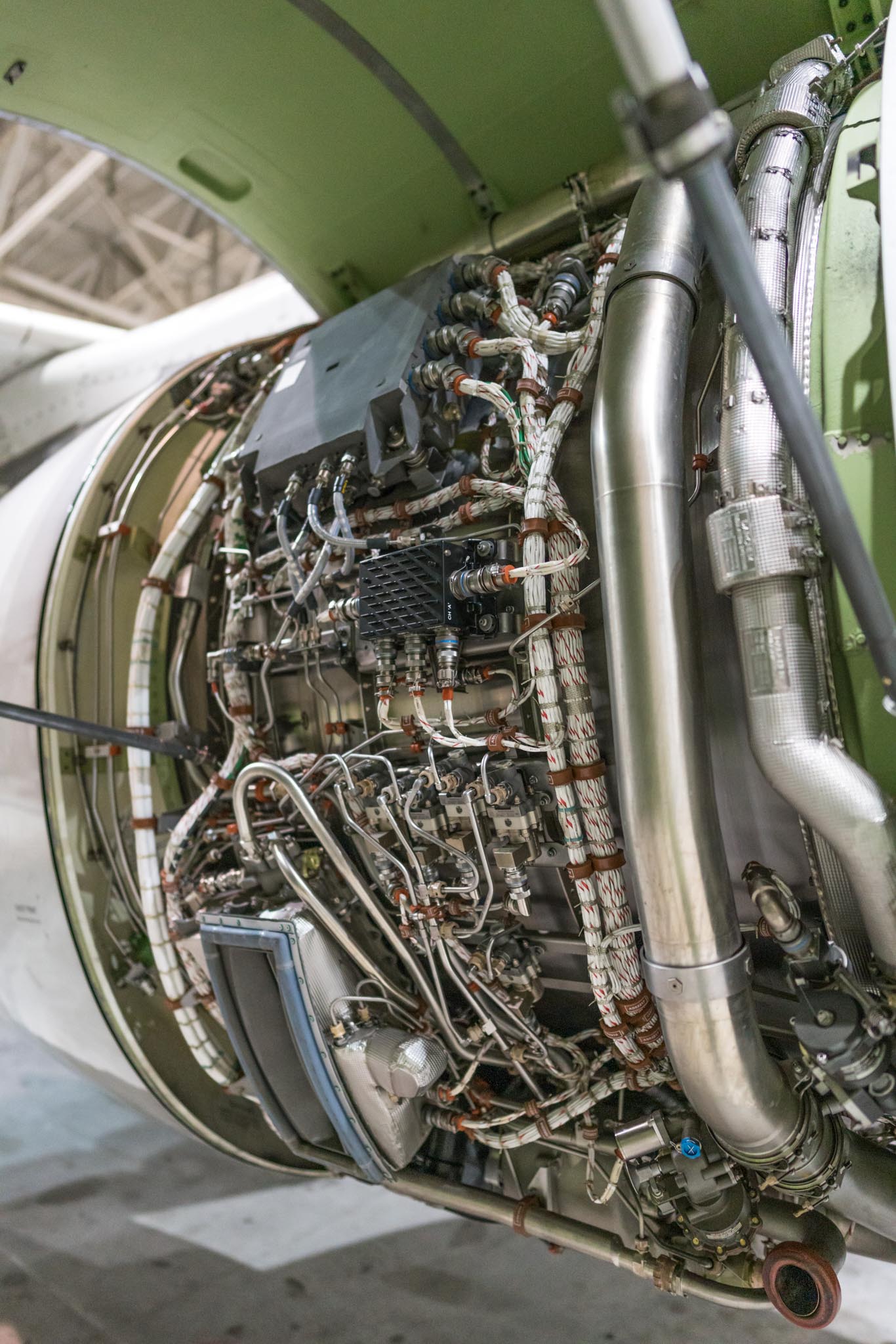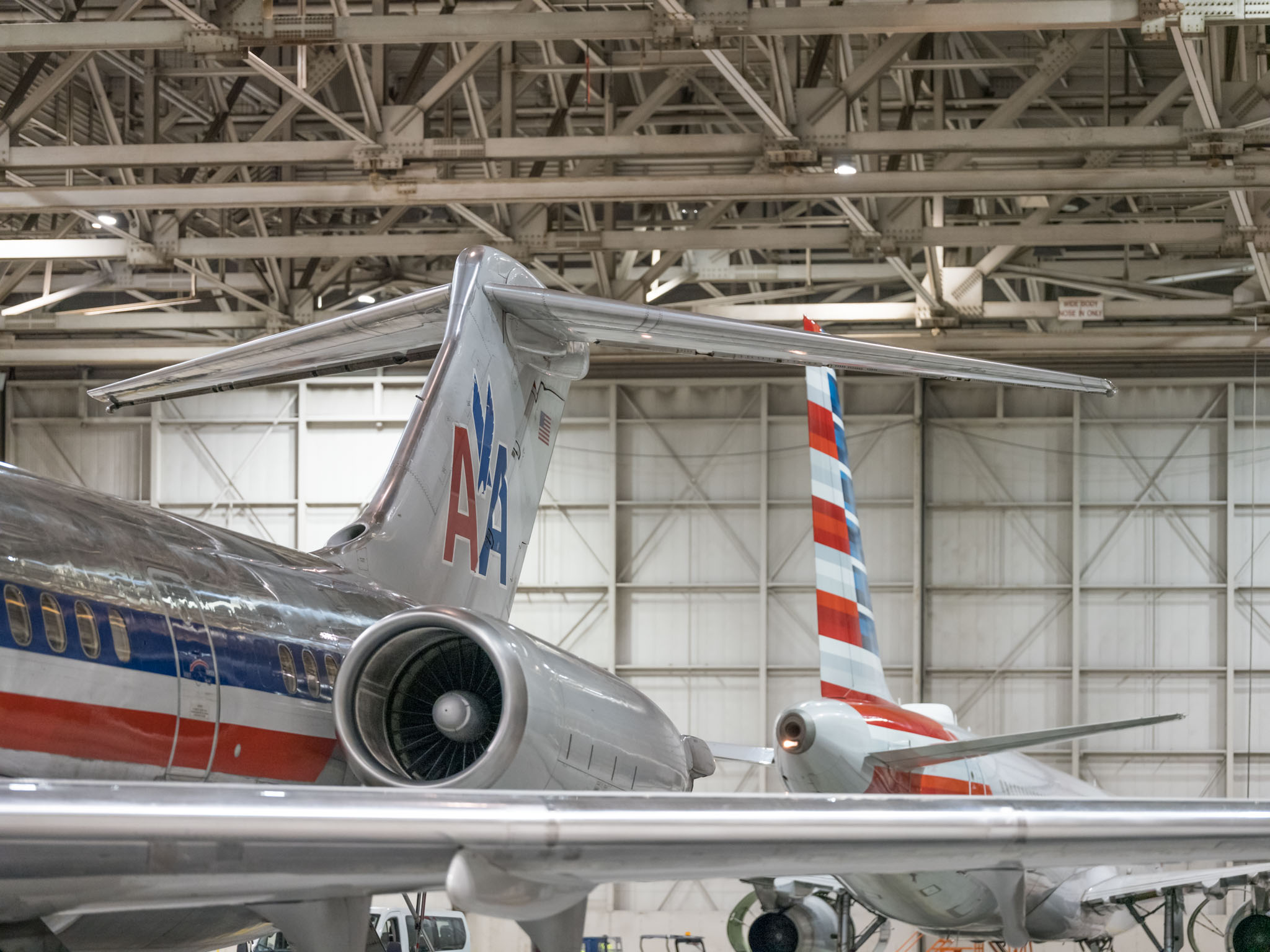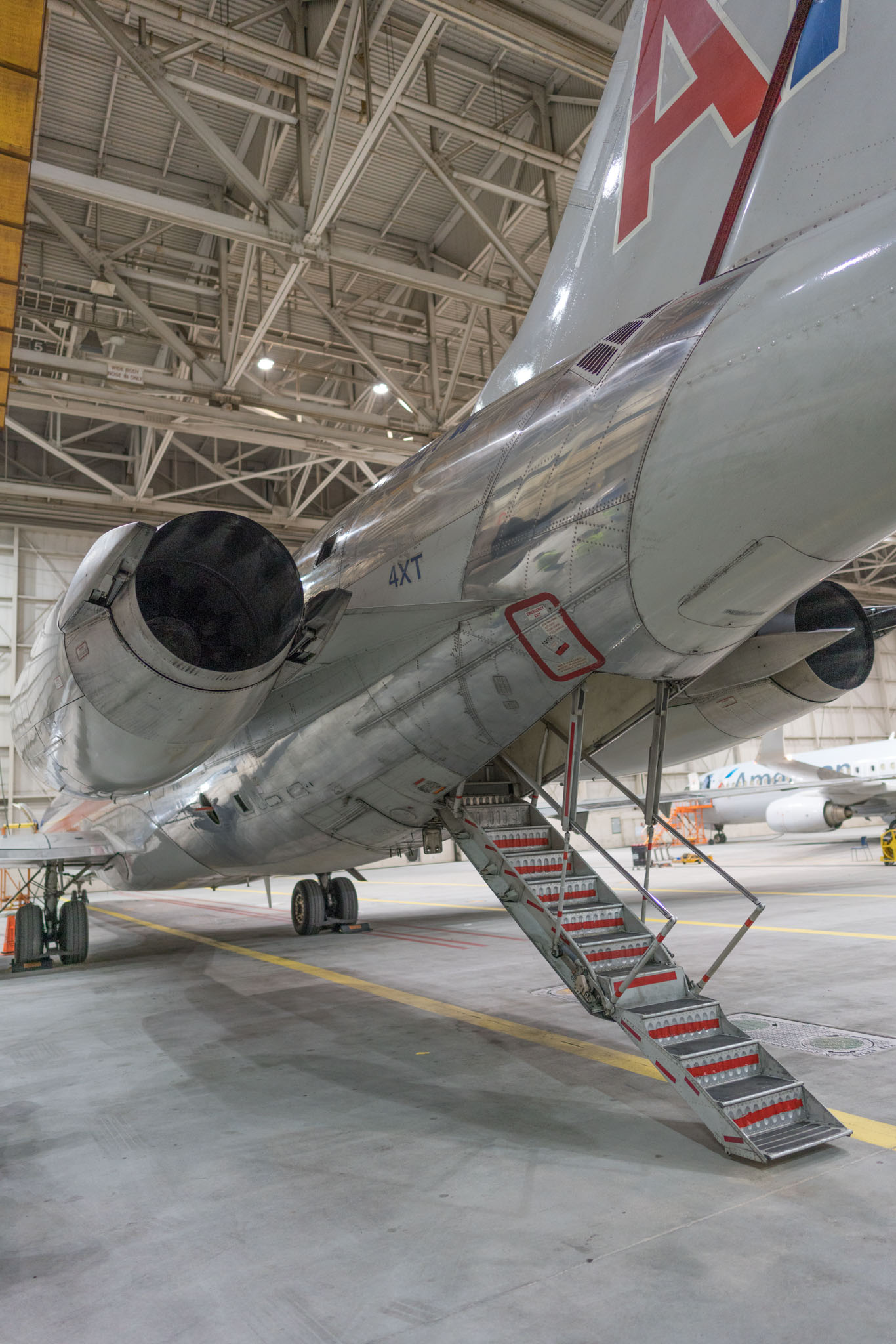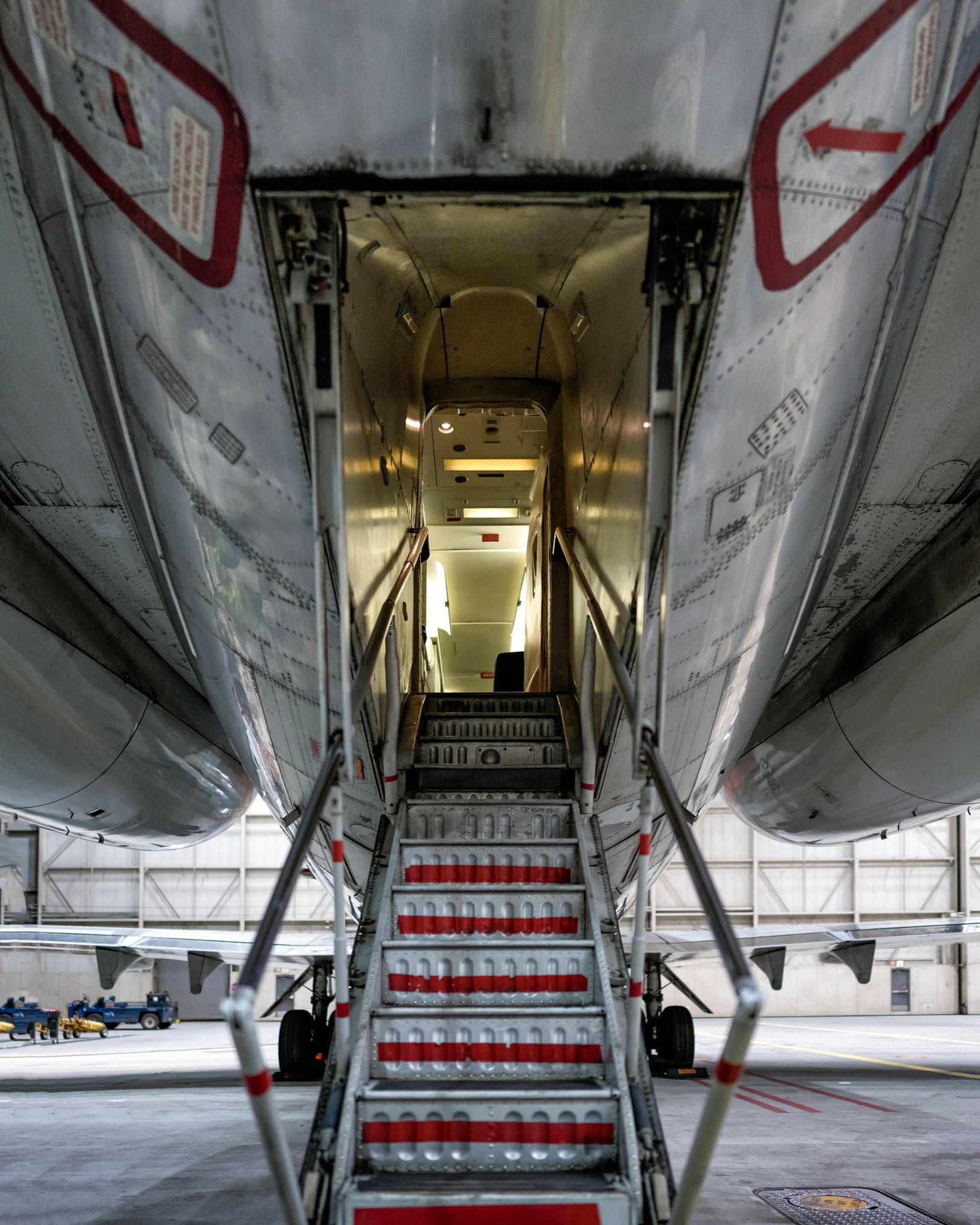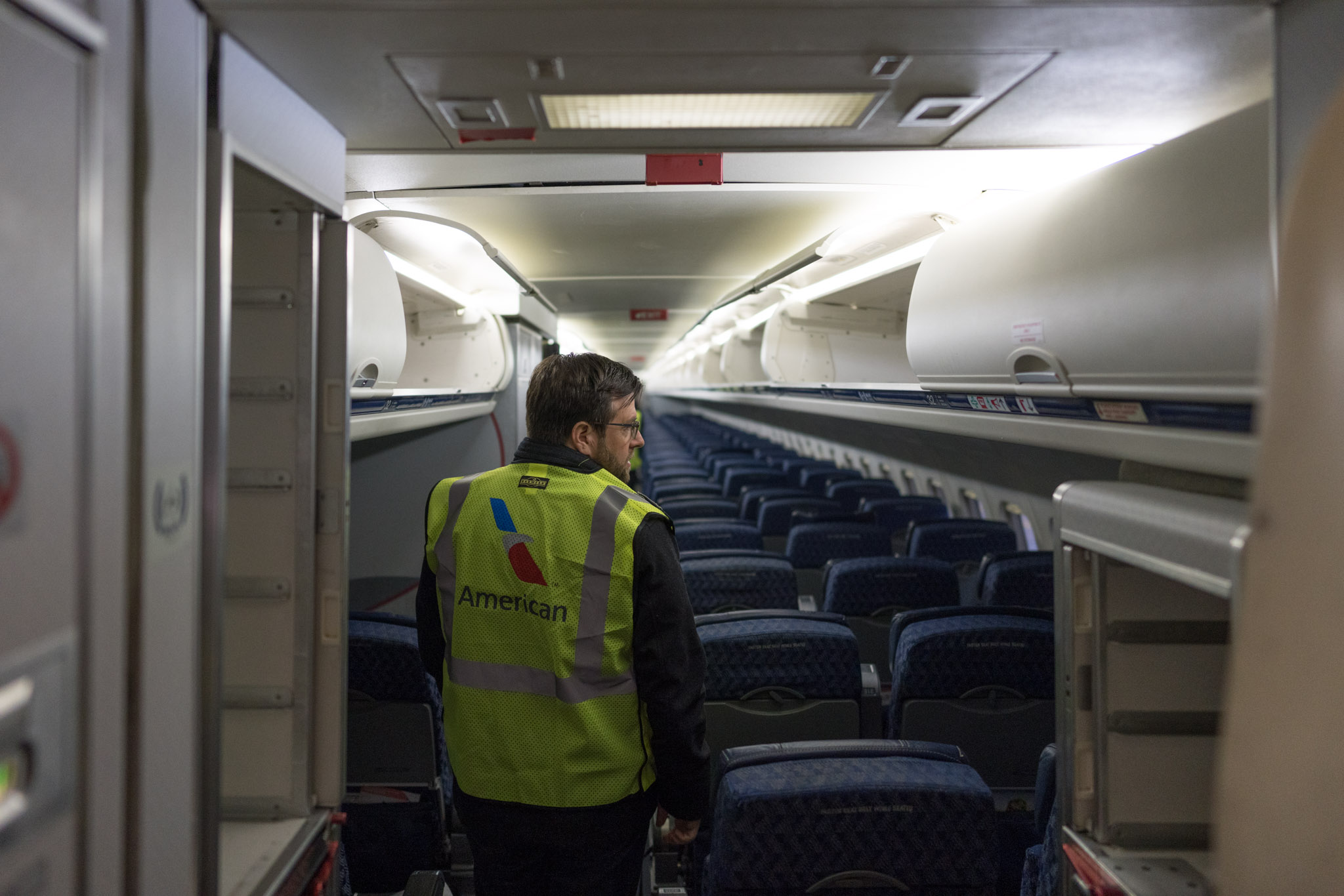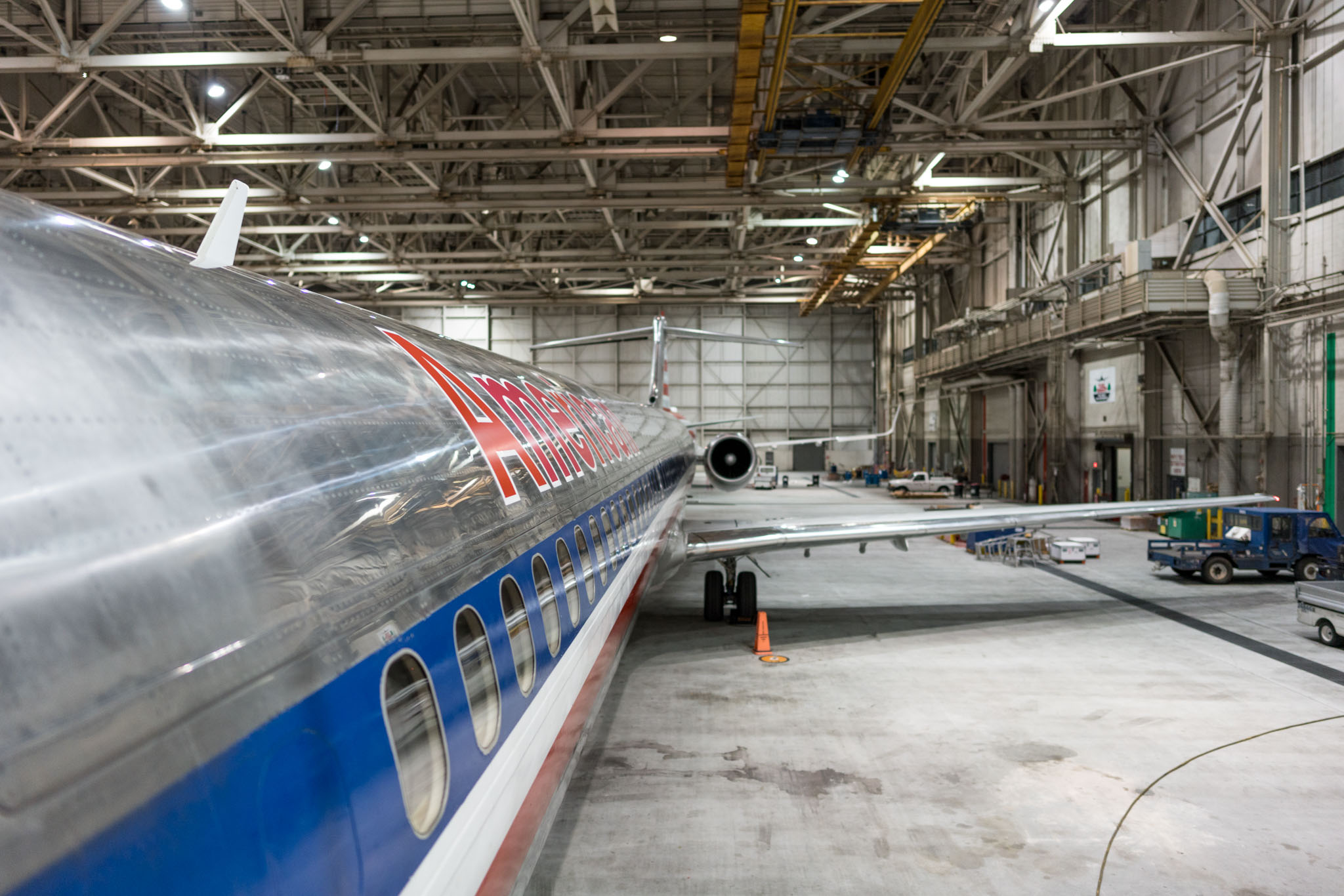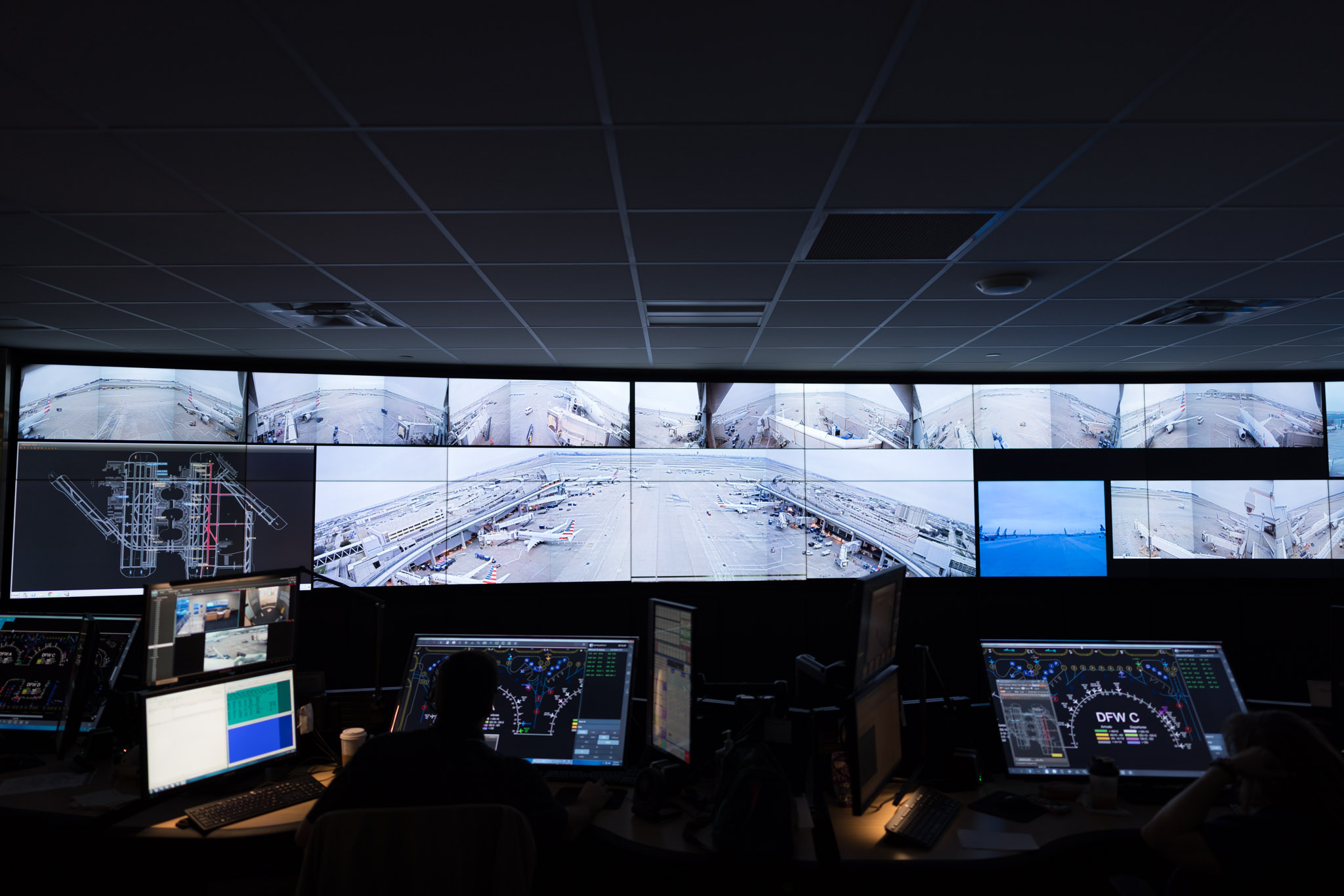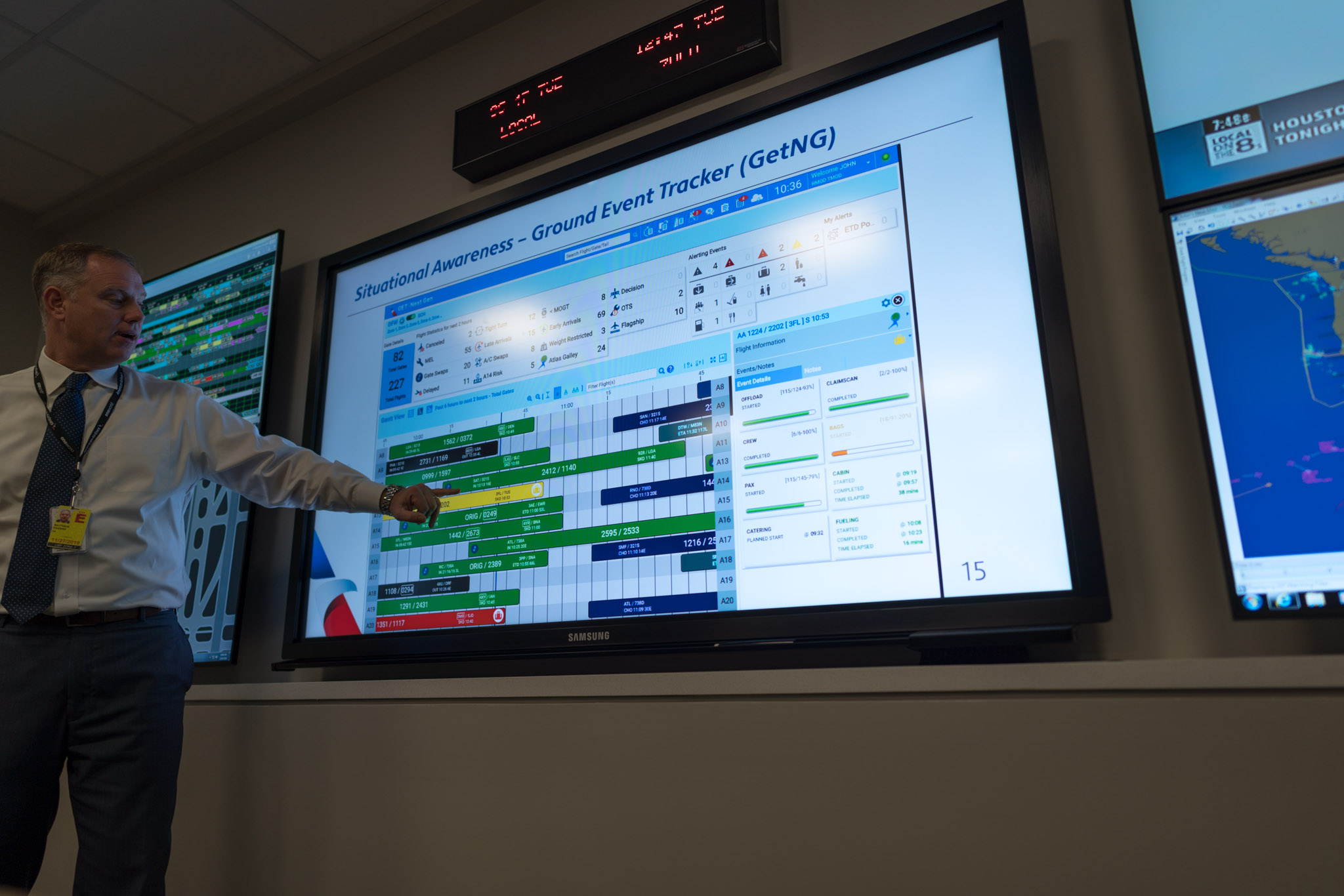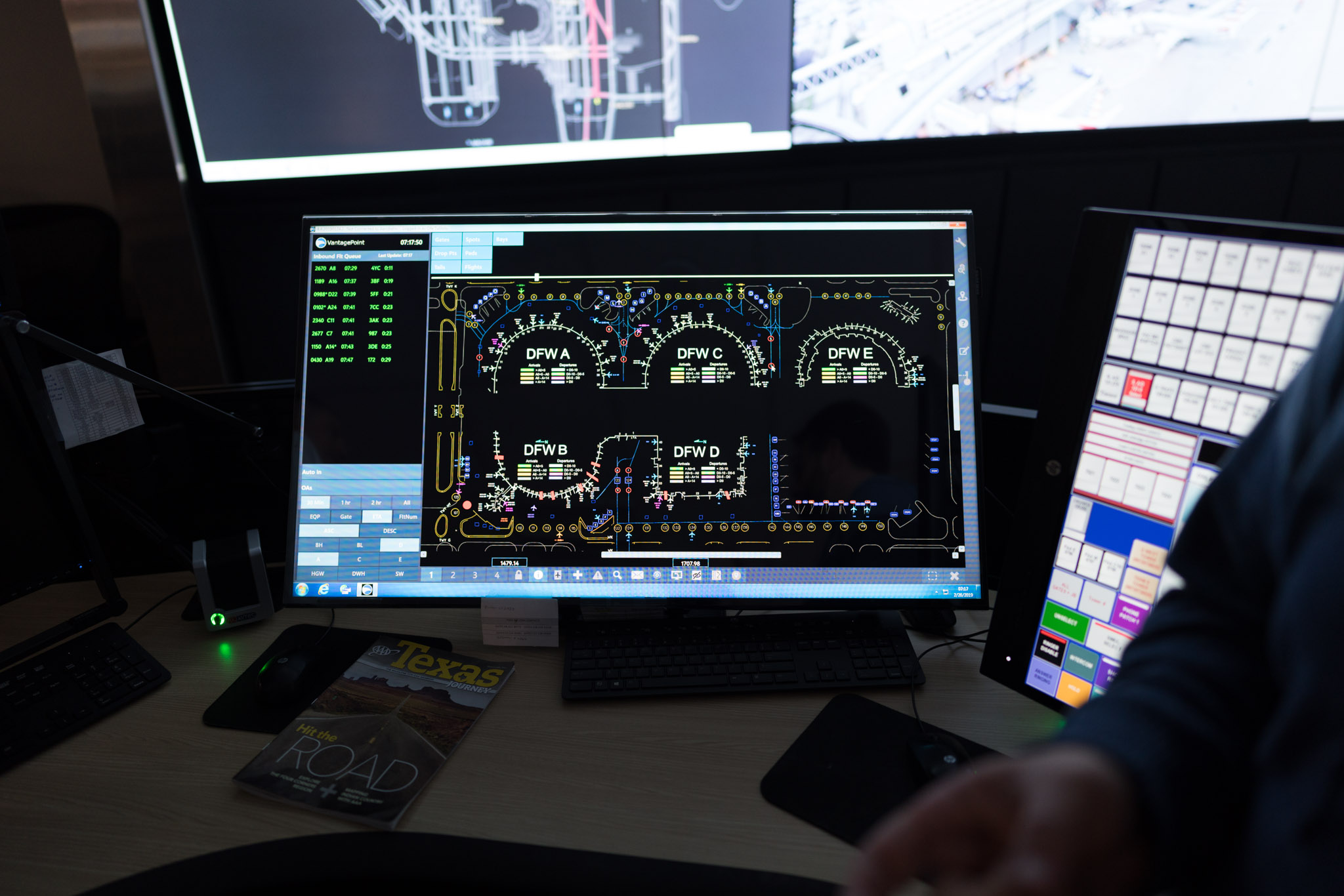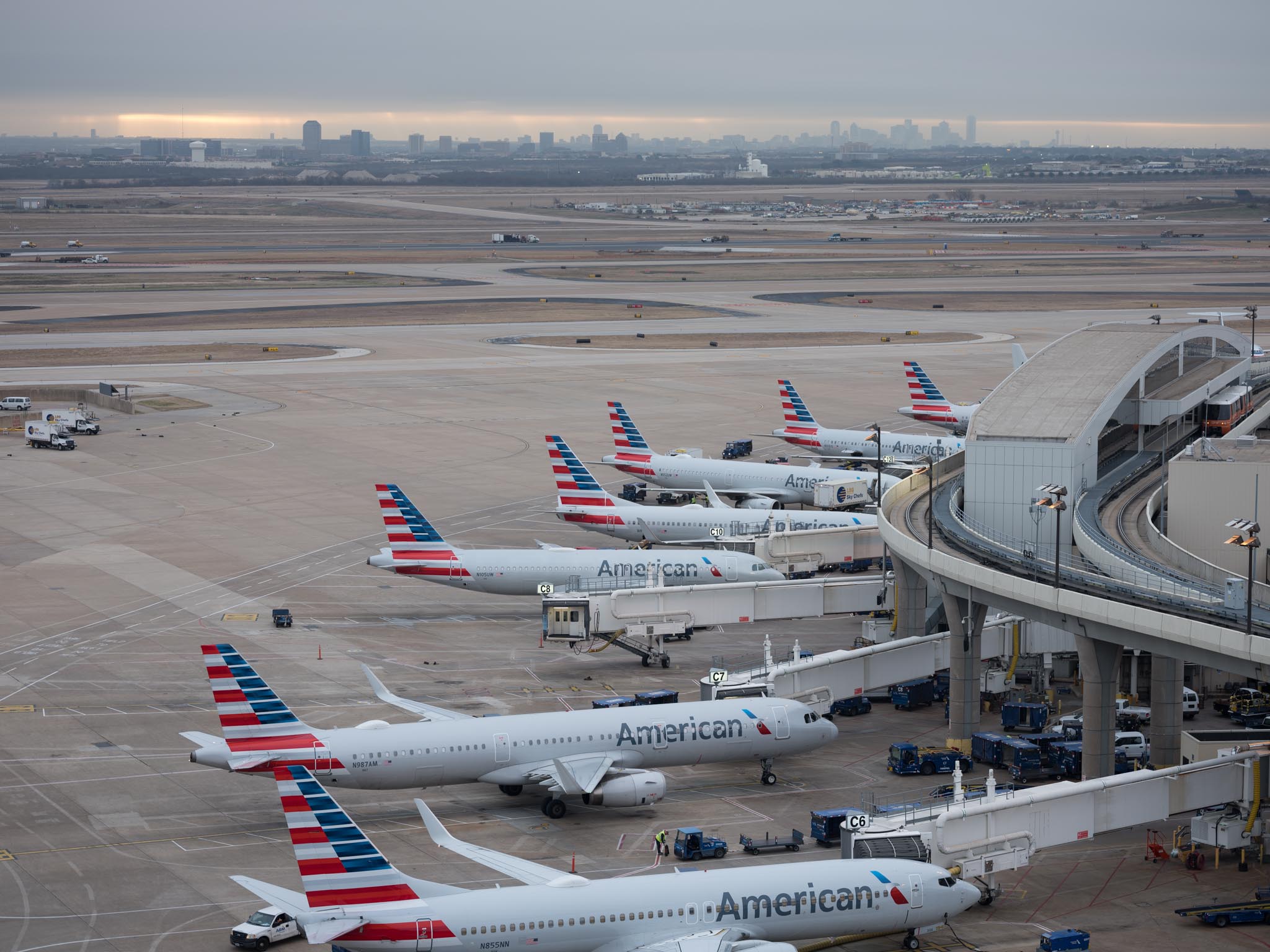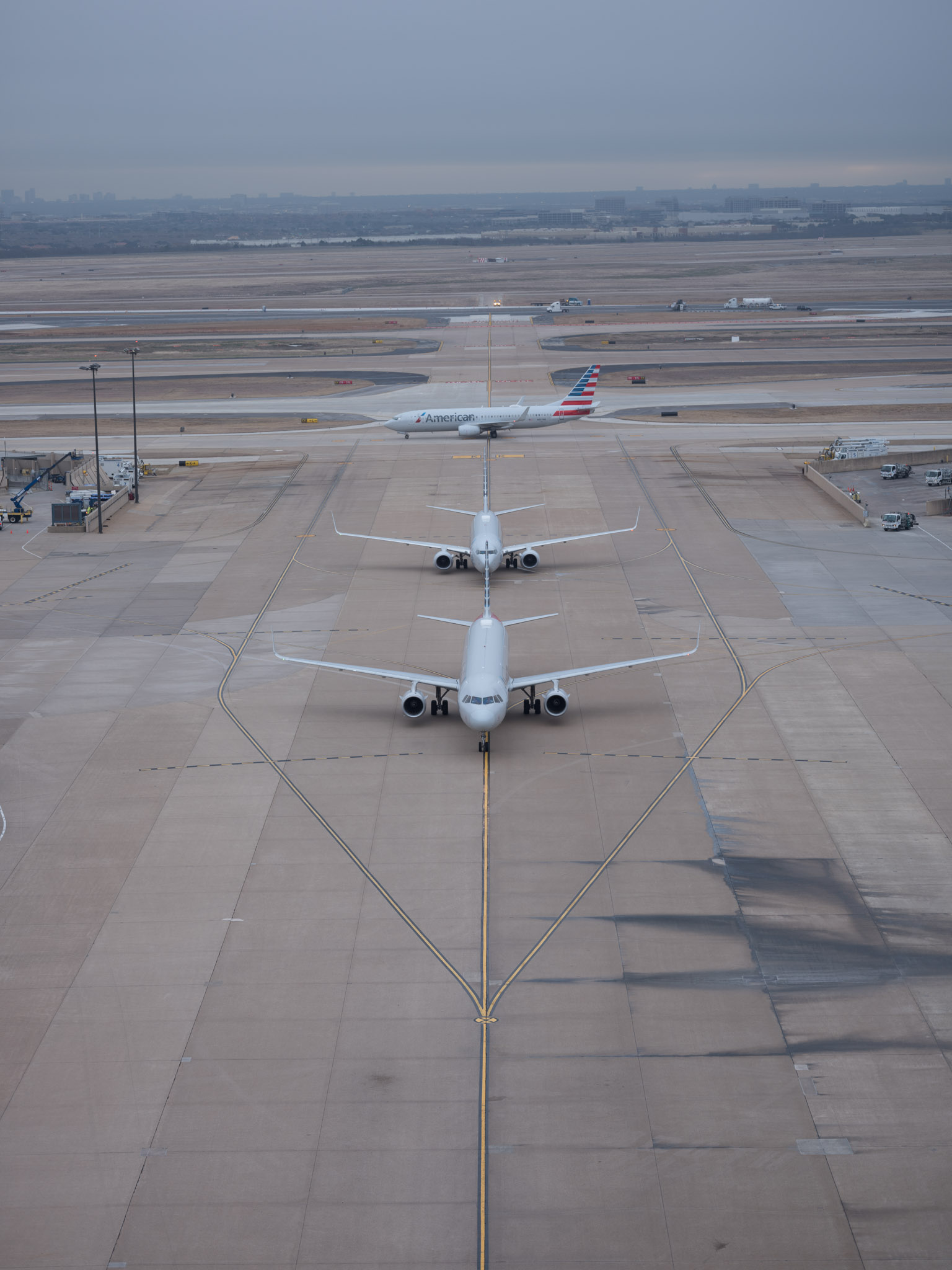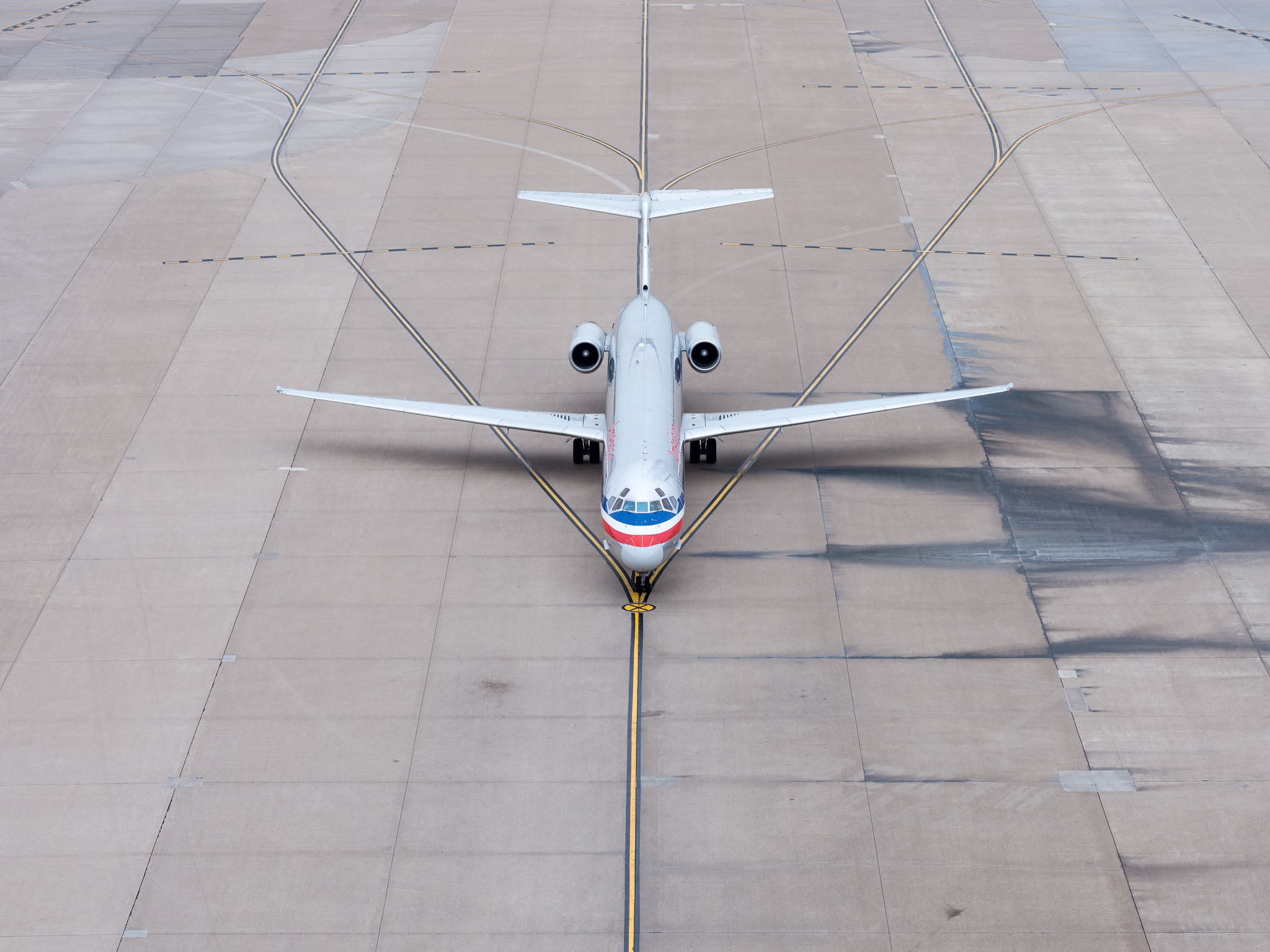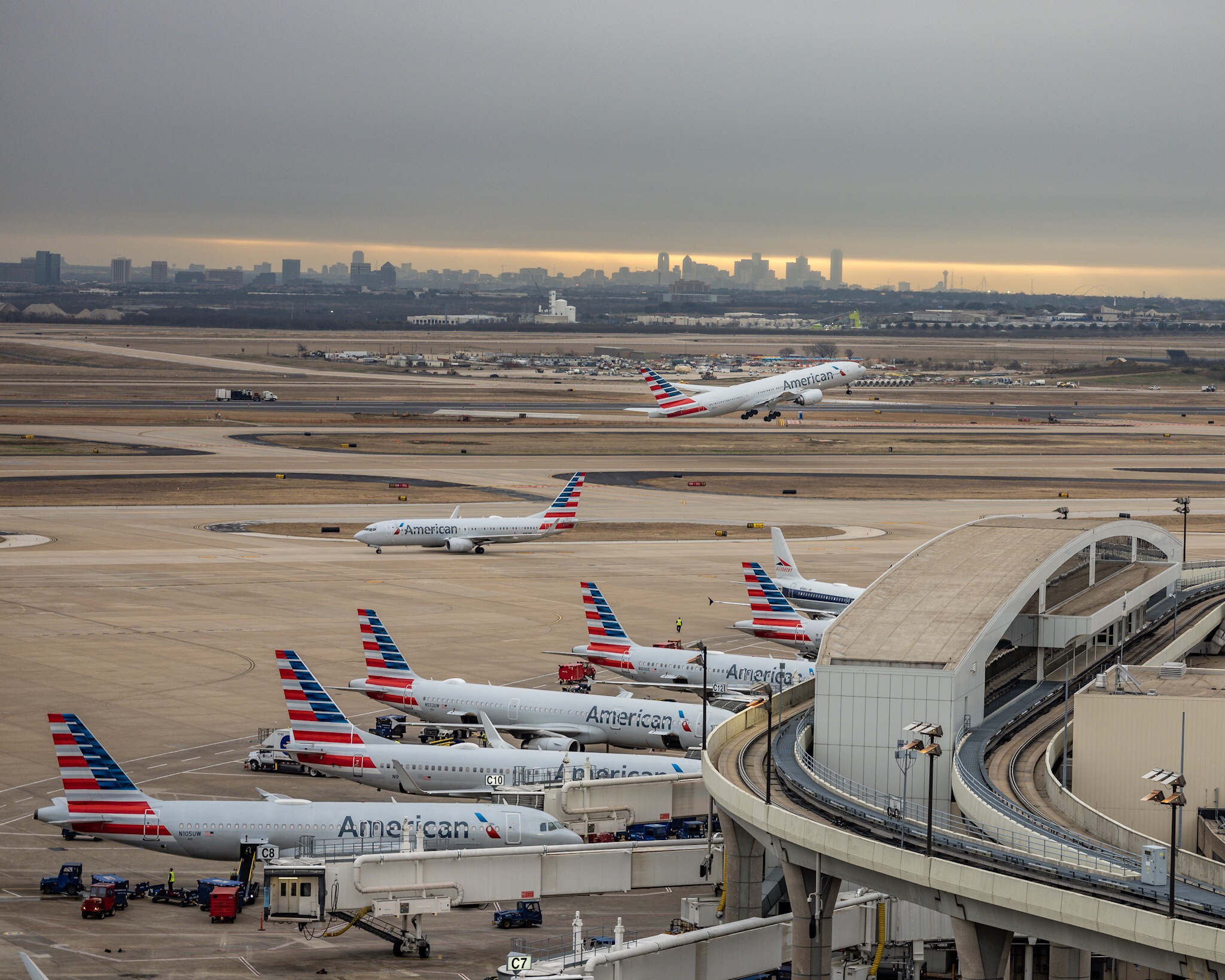American Airlines is the world’s largest airline. With hundreds of destinations, roughly a thousand aircraft, over one hundred thousand employees, and millions of customers, American Airlines has to juggle almost unquantifiable challenges every day to safely provide service to their airline and cargo customers. American recently invited media to participate in an all-night lock-in at their Integrated Operations Center in Fort Worth, Texas, for an inside look at their overnight operations. In this multi-part series we’ll take an inside look at overnight operations at the world’s largest airline.
Part I: Executives detail investments in customer experience
Part II: Touring the IOC and Landing an A350
Part III: Overnight Maintenance, American’s DFW Virtual Tower, and Epic Plane Pictures
Badih Delati and Eduardo Portorreal have a daunting task. As managers, aircraft line maintenance hub, for American, they oversee maintenance taking place on American’s fleet at their maintenance hangars at DFW Airport. Their directive is simple: get these planes fixed and safely back in the air.
[Editor’s note: this event took place before American’s decision to take 14 737 aircraft out of service and before the crash of ET302, which is why you won’t hear anything mentioned about either below]
It will not surprise you to hear that maintenance is as complex for American as operations are at the IOC. With a fleet of almost 1000 jets, there are innumerable things which could require maintenance on these enormous machines to get them back in the air.
Aircraft maintenance as a whole would take quite a while to cover (A, B, C, and D-checks, for example), so the focus of our visit to the maintenance hangar complex was to understand the overnight maintenance taking place to get the jets needed for the Right Start flights at DFW (the first flights of the day, from 5-9am) ready to go.
Getting an aircraft to maintenance
Delati prepared us for what we would be seeing and covered some basic logistics of aircraft maintenance. A pilot will land the plane at a gate, after all, and not in a maintenance hangar (since they’ll presumably head over to another aircraft to pilot another flight). It really all starts with a simple issue with a complex solution: how the heck do the jets get to the maintenance hangar?
Delati and Portorreal, along with their team of supervisors and mechanics, have a few different methods of transport. The easiest method is just sending a cockpit-certified mechanic to retrieve the aircraft and drive it over to the hangar complex. I say “easiest” but depending on the jet’s location this can be a pretty elaborate process, working with DFW Tower and ground control to get the jet pushed back and navigate the tarmac at DFW Airport (which is larger than the island of Manhattan in New York). A jet at Terminal A heading to the west hanger complex could have a 7-8 mile journey ahead of them to get to the hangar complex! American has 24 cockpit-certified mechanics at their maintenance hub at DFW who can hop into a cockpit and drive the plane over to maintenance. As we entered one of the massive hangars we saw an American 757 being pulled into the hangar with a mechanic in the left seat, as if to make Delati’s point for him.
Like everywhere else at American, costs are always closely monitored and taken into consideration when making decisions, and something as insignificant as moving an aircraft can cost quite a bit, Delati indicated it can cost $1000 or more in jet fuel just to get a plane from a gate to the maintenance facility. Whenever it makes sense, American uses tugs to tow jets to maintenance or back to the gate. It saves fuel but there’s also a speed trade-off: a tug is obviously not as powerful as a jet engine so it cannot move a jet as quickly. Like many other departments we had heard from that evening, it is indeed a balancing act between cost, efficiency, and speed.
Overnight maintenance to get jets safely back in the skies
The maintenance hangars seemed to have a smaller/larger jet focus. The first hangar we visited contained a 777-200, a 787-9, and the 757 which had just pulled in. I couldn’t help but walk over and snag a few pics of the 787-9 sitting there, it’s just such a beautiful jet.
I scurried back over to the 777-200, whose undercarriage was open and being inspected by a mechanic crew.
(according to Delati, the needed repairs had been completed and there were just inspections taking place before the compartment would be closed)
We happened to be standing next to the landing gear, which is just enormous (I’ve been next to lots of jets but rarely got to stand next to the landing gear).
Maintaining an aircraft is not just about mechanics, though. You need to have the right parts for the job. Delati and Portorreal explained to us that American has massive parts inventory warehouses and use a baggage carousel type system to get parts to mechanics quicker. Even parts, though, are way more complex than I ever imagined. Take a replacement jet engine, for example. Pretty simple, right? Just have it sitting there for when you need it. But no, it’s more complex than that. American has to pay taxes when items are stored in inventory, and tax rates can vary drastically depending on the location where the items are stored. It’s to the degree that storing a jet engine on the east side of DFW Airport (in Dallas County) would cost a material amount more than storing it on the west side (in Tarrant County). So it’s not just storing parts and making sure they’re accessible, but also optimizing the amount you’re spending to store them close by.
The 787-9 was just about ready to go, so we were allowed on for a brief tour. I was on the first revenue flight of the 787-9 and have flown it pretty extensively so it wasn’t anything I hadn’t seen before, but it’s always fun getting to be on a plane with few other people on board.
As we were a bit behind schedule we quickly walked over to another hangar where more narrowbody aircraft were being serviced. I had seen these buildings from across the ramp at Terminal D before but it was hard to realize just how massive they truly are until I was standing next to one looking up.
We walked into the next hangar over and saw an array of narrowbody jets, including everyone’s nostalgic favorite, the MD80.
Front and center, however, was an Airbus A320 in for some engine maintenance.
I walked up next to the engine for a closer glimpse.
Portorreal described the borescope inspection process used by the mechanics at certain intervals which ensures the health of the engine: a small camera on a tube is used by technicians to inspect critical engine components from the inside.
As we walked over to the MD80, I took a look back and saw the tails of the two jets lining up, a look at the past and future of American Airlines.
Passengers and crew alike will miss the MD80. Even though the newer jets are more reliable, they’ve been working on the MD80 for decades.
The old design and metal finish of the MD80 contrasted starkly against the new modern American livery but it made for some lovely pictures.
We walked up the aft staircase for a quick stroll down memory lane.
I walked down the forward staircase with a last longing look at the jet. I’ll miss these jets.
American’s new DFW virtual tower at Terminal A
We made our way to the passenger side of DFW Airport’s Terminal A. After a fairly long security line, where I’m sure other passengers were staring (since we looked like a bunch of zombies at this point), we walked into the concourse and went through a frosted glass door and up a staircase into American’s new virtual tower.
Using hundreds of live cameras, tower staff can see every gate, ramp, and station at DFW. This operation used to be based in the control tower between Terminal A and C, where they only had 30% of the visibility they do now.
Matt Eggers, managing director DFW control center operations, walked us through the systems they use to watch flights, speak with dispatch, and the differences between the IOC and the virtual tower.
Eggers said it was fair to think of the virtual tower as a localized IOC for DFW operations. The virtual tower also handles ground operations for all American flights and, soon, all flights at DFW. While it sounded a little nuts to me that American personnel would handle ground operations for a Delta or Spirit flight, Eggers confirmed that this practice was fairly common in the airline industry.
American uses a timeline system to see all of the flights for which they’re responsible, the duration of their time on the ground at DFW, and what stage of the turn process they’re in. With the touch of a button they can call the gate, dispatch, and even loop in the IOC if necessary. When the flight is ready, they’ll arrange for pushback and send the flight over to DFW Tower to get the flight on its way.
Cedric Rockamore, vice president hub operations at DFW, joined our session talking about the investments they’ve made at DFW. Between the virtual tower, the renovations taking place at the Terminal E satellite, and Terminal B enhancements, American will soon be capable of handling 1000 flights per day at their largest hub.
I asked Rockamore and Eggers if they had any thoughts about the crucial decision DFW faces in the near future, not just if to expand but how? Rockamore and Eggers said they hadn’t heard anything definitive but there were quite a few options for how DFW could expand (not just the “logical” addition of a Terminal F next to D). They agreed expansion was an inevitability and American would be heavily involved in the decision making process, they just had yet to hear much which was definitive.
Planespotting from American’s old tower at DFW
The event was quickly drawing to a close. The number of media present had dwindled, as a few had to leave to catch flights home. The last item on the agenda, though, was heading to the roof of American’s old tower at DFW Airport, between Terminal A and Terminal C, for some incredible planespotting.
The walk to the tower energized us a bit as we walked down a staircase leading outside, along a sidewalk in the secured area, into the base of the tower, and up an elevator. We walked into the old tower (I say “old”, they stopped using it in October 2018), desks and stations still ready for staffmembers. After a quick look we made our way to the roof. The vista was incredible. We could see widebodies at Terminal A getting ready for international flights and an assortment of jets ready at the gate in Terminal C.
The sun was close to rising and we enjoyed seeing jets taxiing to the gate. We got incredibly lucky as a group of jets taxied in right behind each other for a wonderful symmetrical view.
The ramp was busy and planes were landing. We watched an MD80 taxi in to Terminal C, I was thankful for the great overhead view!
At long last the sun rose from just behind downtown Dallas in the distance. Our luck continued as we watched an American 777 spool up for takeoff. As it left to the south, the sun shone brightly, casting a beautiful orange glow over the ending of a great event.
And thus concluded the overnight lock-in
I hope you’ve enjoyed this look into American’s operations! I learned a lot and tried to convey that to you in this mini-series. While American and I have had our share of disagreements I always enjoy meeting the people behind the operation and learning more about the decisions they face on a day to day basis.



